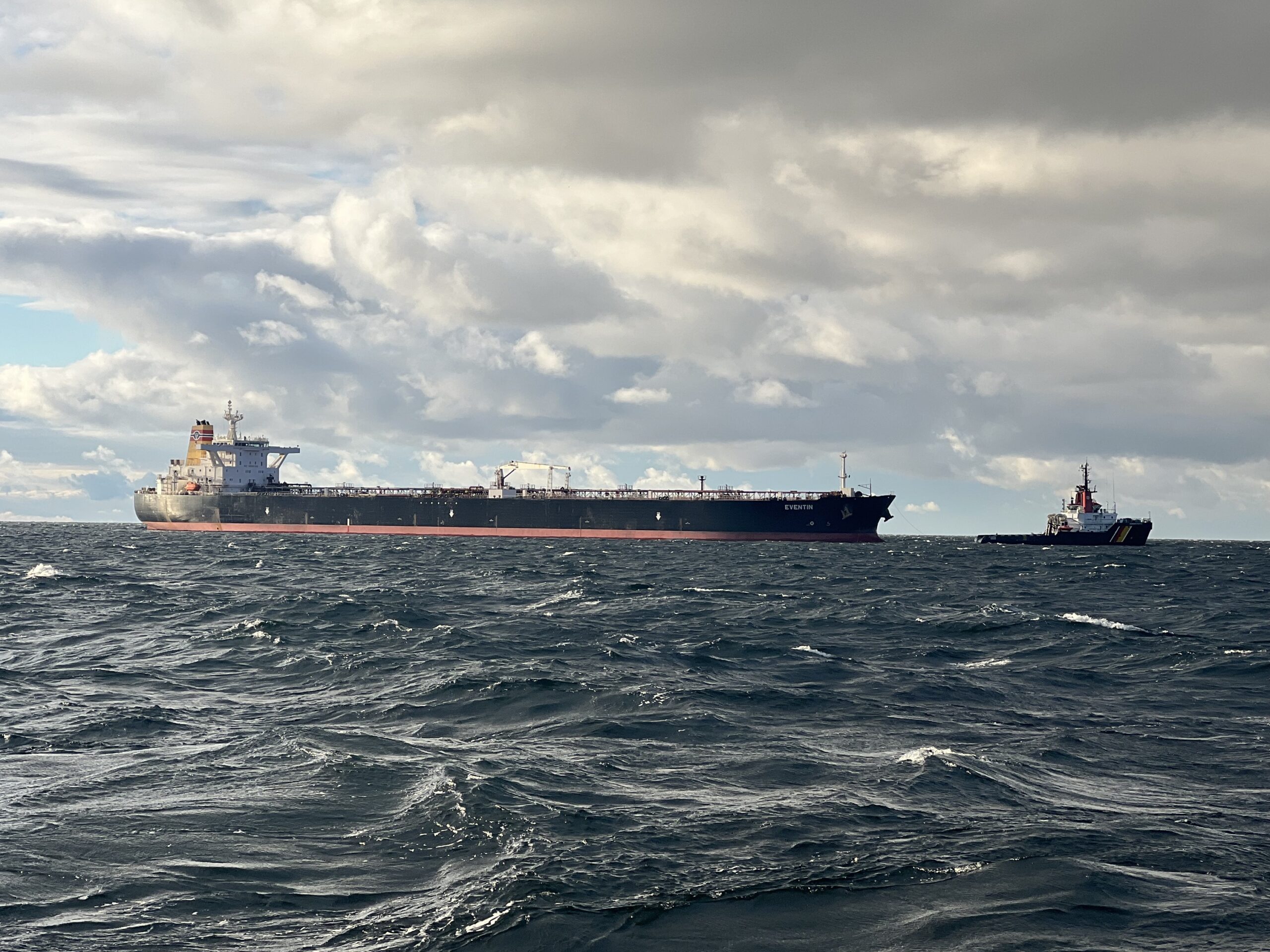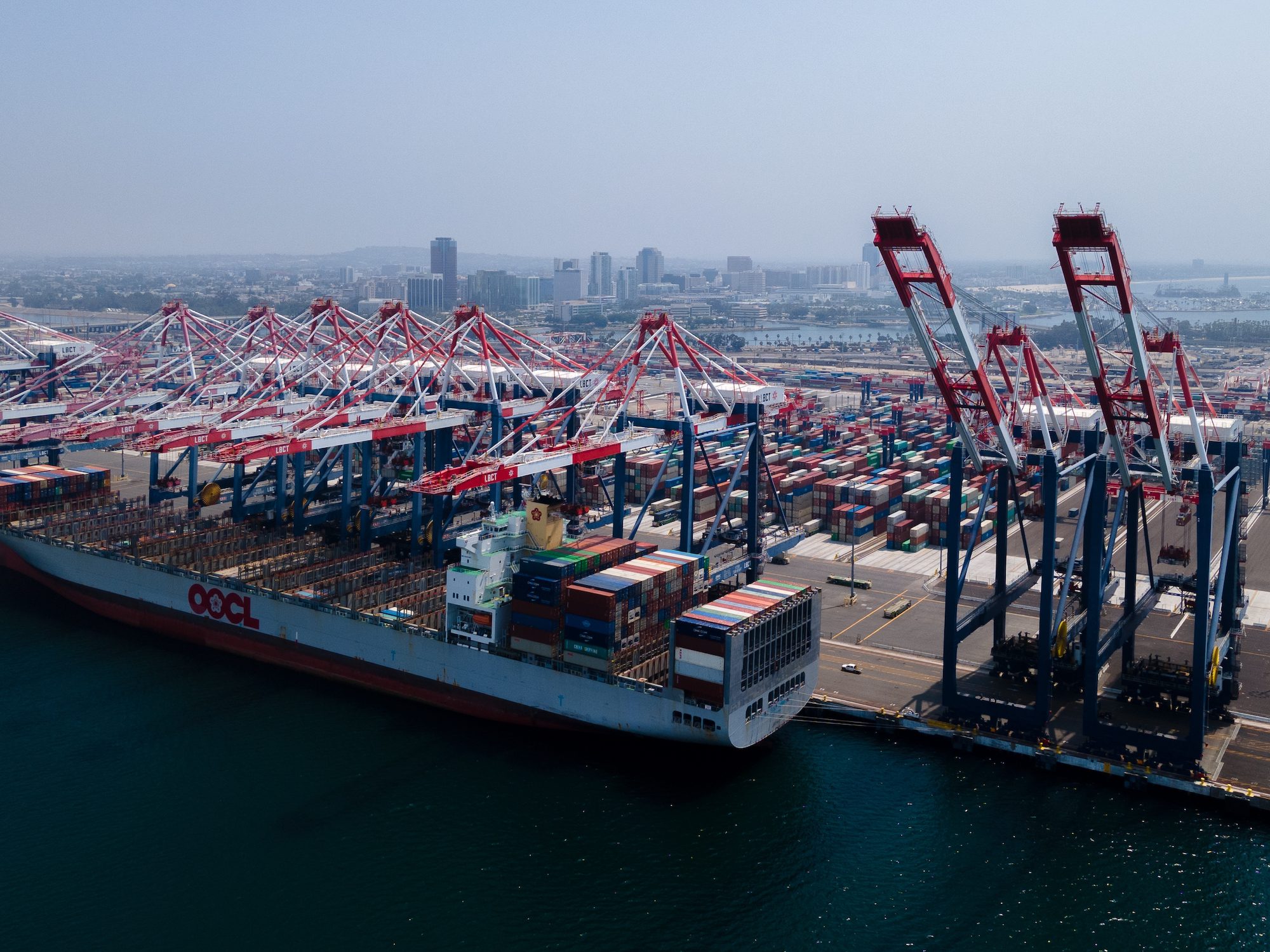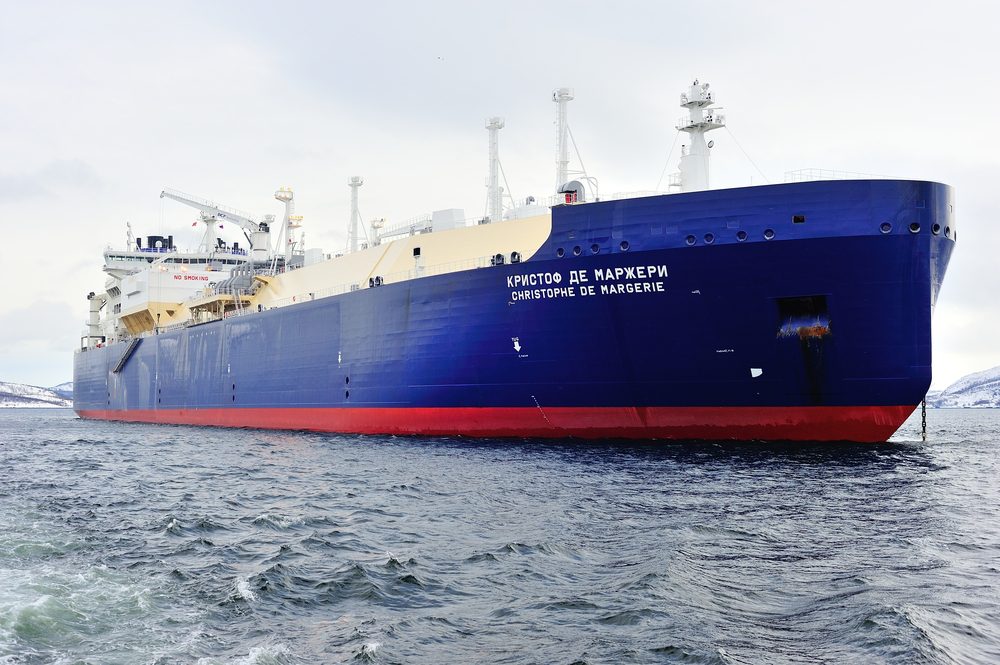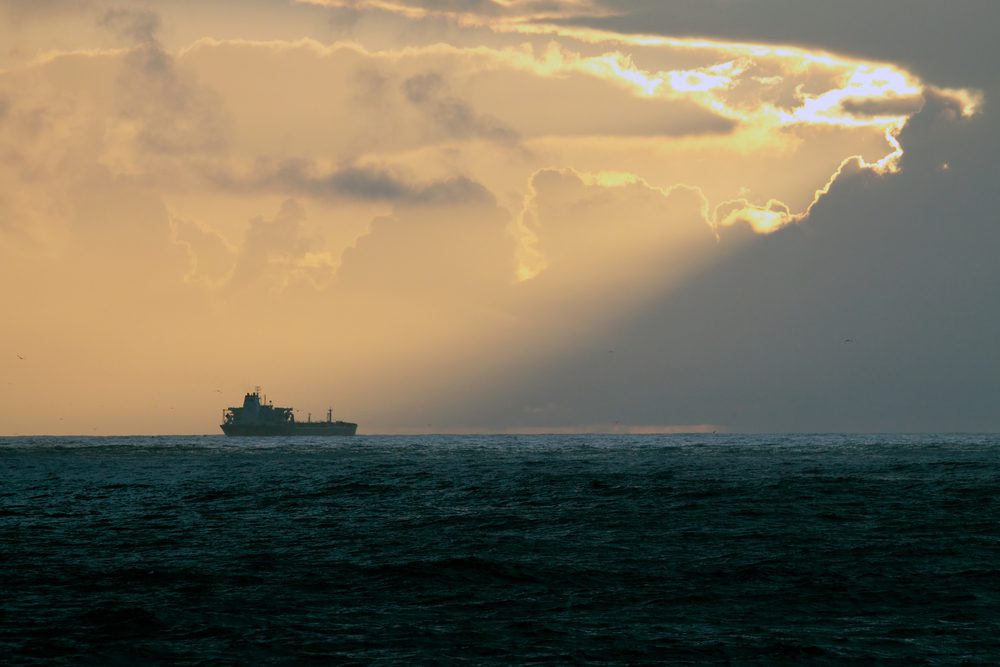By Julian Lee (Bloomberg) — Russia’s seaborne crude exports stuck at a 16-month high in the past four weeks, with US President Donald Trump so far failing to convince remaining buyers to ditch Moscow’s oil.
Four-week average shipments from the country’s ports were 3.62 million barrels a day up to Sept. 28, according to vessel-tracking data compiled by Bloomberg, matching the highest since May 2024. The average provides a clearer picture of underlying trends than more volatile weekly figures.
The recent surge in shipments has come despite pressure from Trump on buyers including India, Turkey, Hungary and Slovakia to halt purchases. Even after months of pressure, India shows no sign of cutting back, with officials telling Washington that a significant reduction in imports of Russian oil would necessitate replacement flows from sanctioned suppliers Iran and Venezuela.
China, currently the biggest overseas buyer of Russian oil, has said that it’s keen to deepen its energy ties with Moscow, rather than reduce them. Beijing’s Ministry of Commerce said earlier this month that it will defend its interests after the US urged the G-7 to impose up to 100% tariffs on the Asian country.
In August, India was hit with an additional 25% tariff on its exports to the US in a bid to persuade it to stop buying Moscow’s oil. While the amount of crude on tankers showing an Indian port as their destination has fallen sharply, the volume on vessels showing no destination beyond the Suez Canal has soared. Much of that crude is likely to end up in Indian refineries.
The previous month, Indian refiner Nayara Energy Ltd. was sanctioned by the European Union. Two months on, the company is clawing its way back, relying even more heavily than previously on Russian crude.
In Europe, land-locked Hungary and Slovakia both pushed back against his calls for them to end purchases. Hungarian Prime Minister Viktor Orban refused, arguing that a halt to piped fuel imports from Russia would immediately cause a 4% drop in the country’s economic output. Slovakia’s President Peter Pellegrini delivered a similar message, citing technological hurdles and limited capacity on alternative routes.
Trump appears to have fared no better with Turkey’s President Recep Tayyip Erdogan. The Mediterranean nation continues to import about 300,000 barrels a day of Russian crude.
Separately, Ukraine is continuing drone strikes on Russian oil refineries and the diversion of crude to export terminals from damaged processing plants may be contributing to the recent increase in overseas shipments. It’s unclear how much more crude can be diverted if attacks on refineries are stepped up. Spare capacity at Russia’s crude export terminals may be very limited.
Crude Shipments
A total of 36 tankers loaded 26.75 million barrels of Russian crude in the week to Sept. 28, vessel-tracking data and port-agent reports show. The volume was up from 23.69 million barrels on 31 ships the previous week.
Exports from the Baltic port of Primorsk were steady at about 1.25 million barrels a day on a record-equaling 12 tankers, while flows from Kozmino rebounded strongly. Shipments from the Pacific port saw a four-day gap during the previous week.
Export Value
The gross value of Moscow’s exports jumped by about $240 million to $1.57 billion in the week to Sept. 28, hitting a three-week high.
The price of Urals cargoes from the Baltic and Black Sea rose by about $1.80 a barrel to average $56.38 and $56.59 a barrel respectively during the week.
The price of key Pacific grade ESPO moved in the opposite direction, slipping by $0.30 a barrels to average $62.65 a barrel. Delivered prices in India were up by $1.90 a barrel to $67.18 a barrel, the highest in eight weeks, all according to numbers from Argus Media.
On a four-week average basis, the export price of Russia’s Urals from the Baltic was up by $0.50 a barrel, averaging $55 a barrel, while Black Sea cargoes rose by $0.40 to $55.22 a barrel. The price of Pacific ESPO slipped by $0.40 a barrel to average $62.80 a barrel.
Using this measure, the value of exports was almost unchanged from the period to Sept. 21, averaging about $1.46 billion a week.
Flows by Destination
Observed shipments to Russia’s Asian customers, including those showing no final destination, rose to 3.23 million barrels a day in the 28 days to Sept. 28, up from a revised 3.19 million barrels a day in the period to Sept. 21. The flow of crude to Asian countries is the highest since May 2024.
While the amount of Russian crude heading to India appears to be falling steeply, there are ample quantities on vessels yet to show a final destination for that pattern to be reversed. Indian refiners have no plans to step away from Russian crude. Instead, buying is expected to remain active for November and December delivery, though volumes may not reach the peaks seen in recent years.
Flows on tankers signaling Indian ports fell to 960,000 barrels a day in the four weeks to Sept. 28, but there is the equivalent of more than 1 million barrels a day on vessels yet to show a final destination.
Of that, about 800,000 barrels a day is on ships from Russia’s western ports showing their destination as Port Said or the Suez Canal, or those from Pacific ports with no clear delivery point, and a further 240,000 barrels a day is on tankers yet to signal a destination.
Flows to Turkey in the four weeks to Sept. 28 edged up to about 340,000 barrels a day. Shipments to Syria fell to about 35,000 barrels a day.
© 2025 Bloomberg L.P.

 Join The Club
Join The Club











